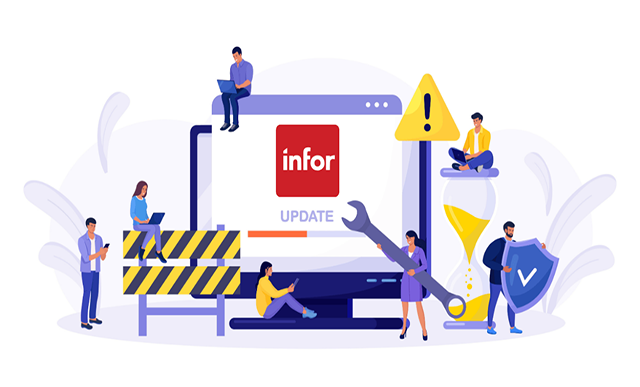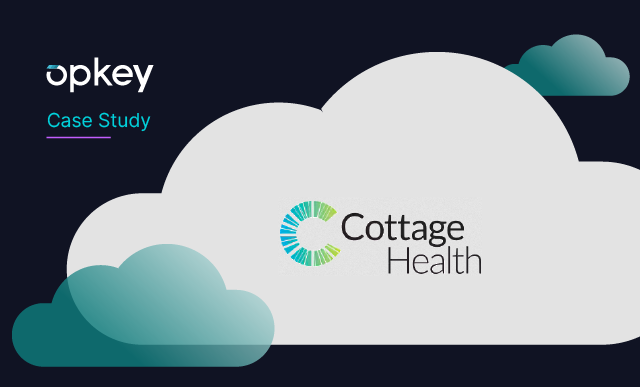ERP Today has established itself as THE independent voice of the enterprise technology sector through its use of dynamic journalism, creativity and purpose.
SubscribeQuality and Testing
Quality and Testing are integral components of Enterprise Resource Planning (ERP) systems to ensure optimal performance and reliability. Rigorous testing processes are implemented across ERP modules to identify and rectify potential issues, guaranteeing seamless functionality. Quality assurance measures within ERP systems encompass data accuracy, system integrations, and compliance with industry standards. Thorough testing protocols address security, user interfaces, and the overall user experience, ensuring a healthy and error-free ERP environment. Continuous quality improvement is facilitated through regular updates, patches, and feedback mechanisms. By prioritizing Quality and Testing, ERP systems uphold their effectiveness, providing organizations with reliable and high-performance solutions that meet evolving business needs while maintaining the integrity of data and processes.

























